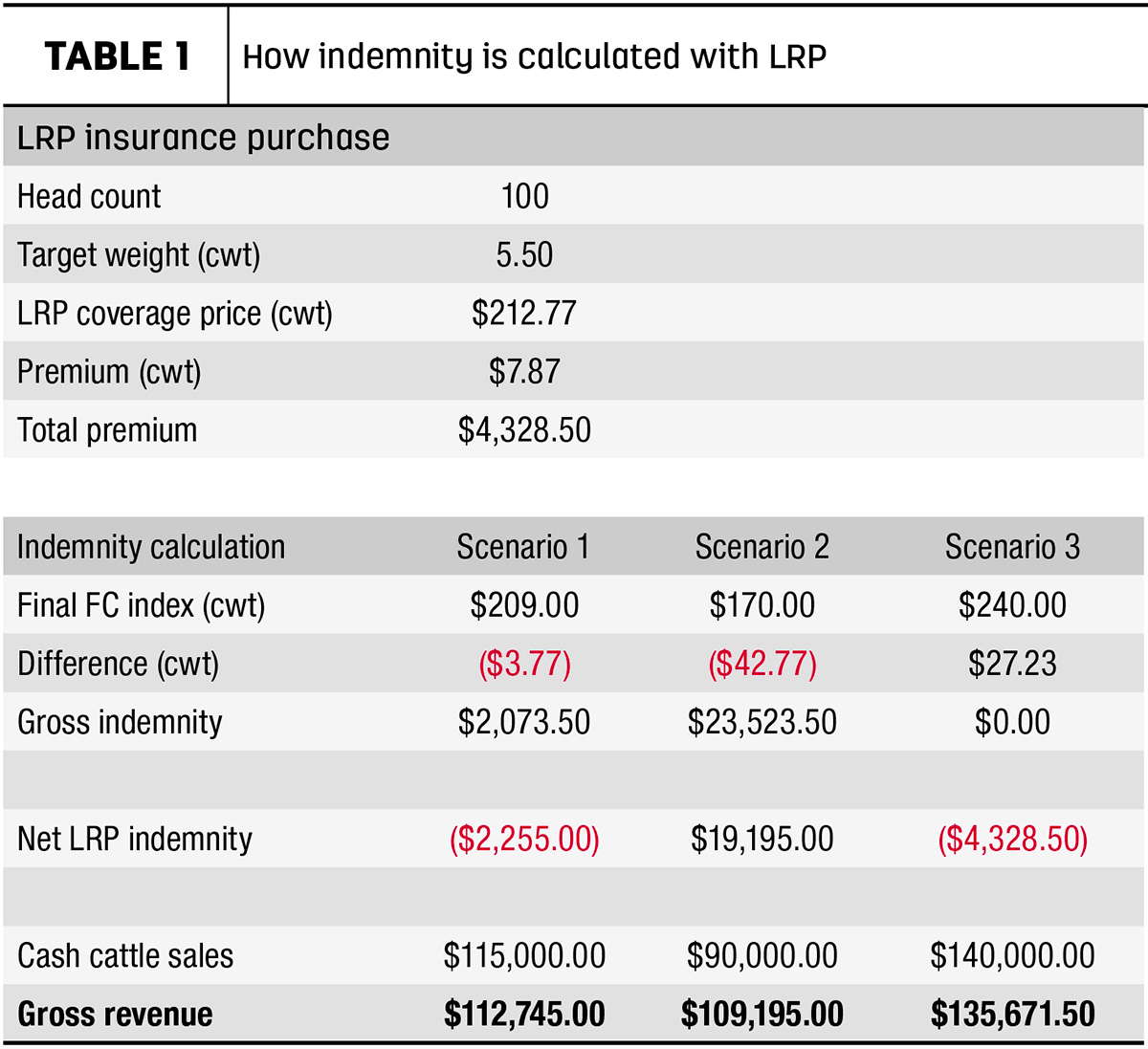Navigating Service Risks with Bagley Risk Management
Wiki Article
Understanding Livestock Risk Defense (LRP) Insurance: A Comprehensive Overview
Browsing the world of animals danger protection (LRP) insurance can be an intricate endeavor for numerous in the agricultural field. From exactly how LRP insurance coverage operates to the numerous protection choices available, there is much to uncover in this comprehensive overview that might possibly form the way animals producers approach danger monitoring in their businesses.

Just How LRP Insurance Functions
Sometimes, comprehending the mechanics of Animals Danger Protection (LRP) insurance can be intricate, but damaging down how it functions can provide quality for farmers and herdsmans. LRP insurance is a danger management device created to protect animals manufacturers versus unforeseen cost decreases. It's vital to note that LRP insurance is not a revenue guarantee; instead, it concentrates exclusively on cost threat defense.Qualification and Protection Options

When it comes to insurance coverage choices, LRP insurance policy offers producers the versatility to select the insurance coverage level, protection period, and recommendations that best suit their risk administration demands. By understanding the qualification standards and coverage alternatives available, livestock producers can make educated choices to handle threat effectively.
Advantages And Disadvantages of LRP Insurance
When reviewing Livestock Threat Protection (LRP) insurance, it is crucial for animals producers to evaluate the negative aspects and benefits inherent in this threat monitoring tool.
One of the key benefits of LRP insurance coverage is its ability to supply security versus a decrease in animals costs. This can aid protect producers from financial losses arising from market variations. Furthermore, LRP insurance policy provides a degree of versatility, enabling manufacturers to personalize coverage degrees and plan periods to suit their details needs. By securing in an ensured rate for their animals, manufacturers can better take care of risk and plan for the future.
One restriction of LRP insurance is that it does not secure against all kinds of threats, such as illness break outs or all-natural disasters. It is vital for manufacturers to carefully analyze their private risk direct exposure and financial circumstance to figure out if LRP insurance policy is the best threat management tool for their procedure.
Recognizing LRP Insurance Policy Premiums

Tips for Optimizing LRP Perks
Optimizing the benefits of Livestock Danger Defense (LRP) insurance coverage calls for tactical planning and positive threat monitoring - Bagley Risk Management. To take advantage of your LRP coverage, think about the complying with ideas:Regularly Evaluate Market Problems: Stay educated about market fads and price fluctuations in the livestock sector. By keeping track of these elements, you can make enlightened choices about when to acquire LRP protection to protect versus prospective losses.
Establish Realistic Coverage Levels: When picking coverage degrees, consider your production expenses, market price of livestock, and prospective dangers - Bagley Risk Management. Establishing practical coverage degrees makes certain that you are sufficiently safeguarded without overpaying for unnecessary insurance coverage
Expand Your Protection: Rather of relying only on LRP insurance coverage, consider expanding your risk management strategies. Incorporating LRP with other threat management devices such as futures contracts or options can give thorough protection versus market unpredictabilities.
Review and Adjust Protection Frequently: As market conditions change, periodically review your LRP coverage to ensure it aligns with your current risk exposure. Readjusting coverage levels and timing of purchases can assist optimize this your danger protection strategy. By following these ideas, you can take full advantage of the advantages of LRP insurance coverage and safeguard your animals procedure against unforeseen risks.
Final Thought
In verdict, livestock danger security (LRP) insurance coverage is a beneficial tool for farmers to manage the financial risks associated with their livestock procedures. By comprehending how LRP works, eligibility and insurance coverage choices, as well as the advantages and disadvantages of this insurance coverage, farmers can make informed decisions to protect their incomes. By thoroughly thinking about LRP premiums and executing methods to make best use of benefits, farmers can reduce prospective losses and ensure the sustainability of their operations.
Livestock manufacturers interested in acquiring Livestock Risk Security (LRP) her latest blog insurance coverage can discover an array of eligibility criteria and coverage options customized to their specific animals procedures.When it comes to coverage options, LRP insurance coverage offers producers the flexibility to choose the insurance coverage degree, insurance coverage period, and endorsements that finest match their threat administration demands.To understand the intricacies of Animals Threat Defense (LRP) insurance coverage totally, understanding the factors influencing LRP insurance costs is critical. LRP insurance policy costs are established by various components, consisting of the insurance coverage degree picked, the expected cost of animals at the end of the protection duration, the type of livestock being insured, and the length of the insurance coverage duration.Review and Adjust Coverage Frequently: As market problems alter, periodically evaluate your LRP insurance coverage to guarantee it aligns with your current threat direct exposure.
Report this wiki page